As part of an international collaboration, scientists at Argonne National Laboratory have made a pivotal discovery that could extend the lifetime of fuel cells that power electric vehicles by eliminating the dissolution of platinum catalysts.
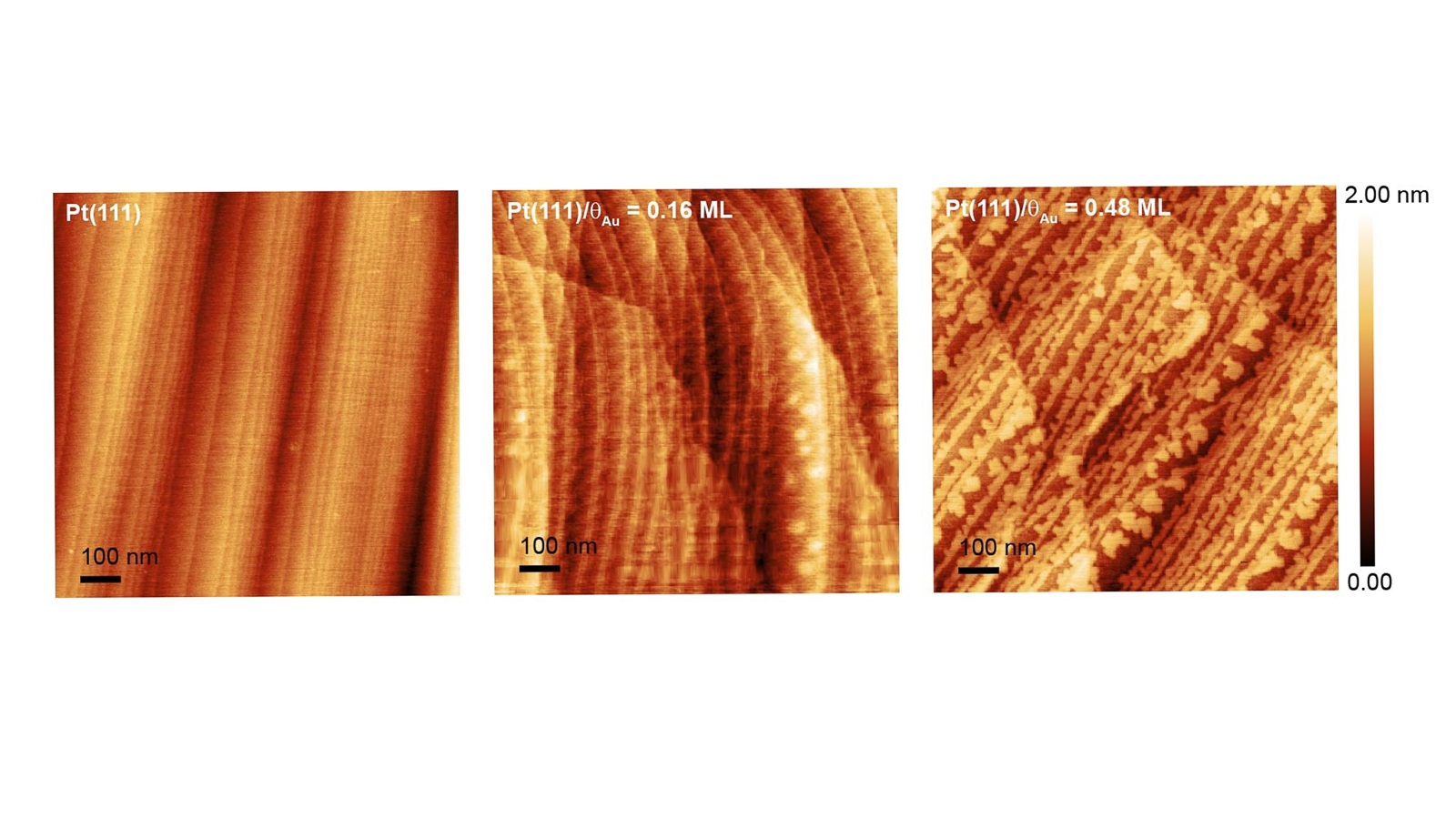
news, journals and articles from all over the world.

As part of an international collaboration, scientists at Argonne National Laboratory have made a pivotal discovery that could extend the lifetime of fuel cells that power electric vehicles by eliminating the dissolution of platinum catalysts.
Better understanding of the surface chemistry of the SARS-CoV-2 virus is needed to reduce transmission and accelerate vaccine design.
Elizabeth Biddinger Assistant Professor, Chemical Engineering Department, City College, The City University of New York (CUNY), shares how she and her CUNY community are adapting to—and planning to move beyond—the current situation.
The study, published in Nature Chemistry, provides new insights on how to modify the stickiness of these molecular building blocks, allowing engineers to build materials, like gels, from the bottom-up.
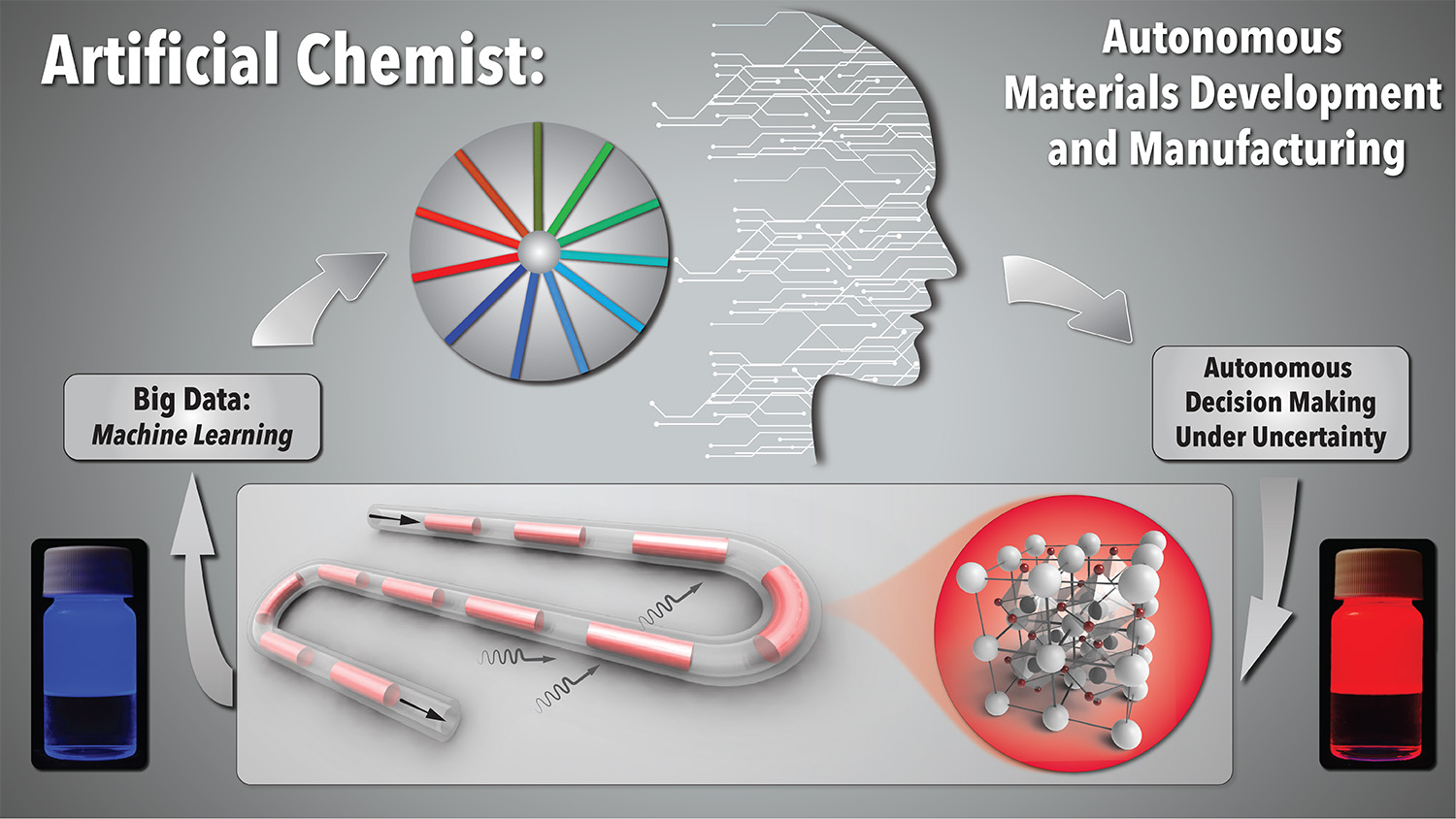
Researchers have developed a technology called “Artificial Chemist,” which incorporates artificial intelligence and an automated system for performing chemical reactions to accelerate R&D and manufacturing of commercially desirable materials.

Delia J. Milliron is the T. Brockett Hudson Professor in Chemical Engineering at the University of Texas at Austin, formerly a staff scientist in the Molecular Foundry, Division of Materials Science at the Department of Energy’s Lawrence Berkeley National Laboratory.
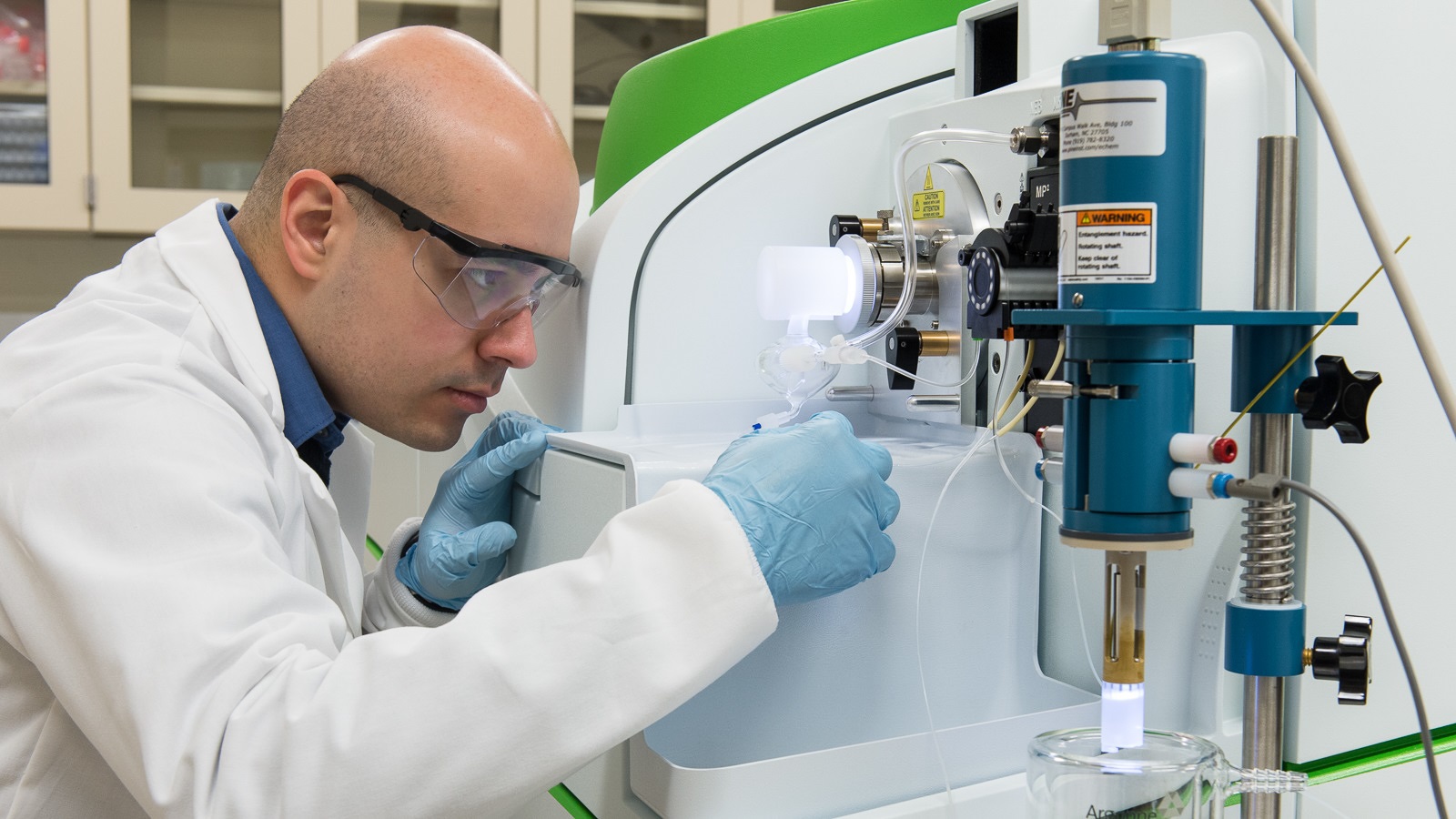
Scientists have gained important insight into the mechanisms that drive stability and activity in materials during oxygen evolution reactions. This insight will guide the practical design of materials for electrochemical fuel production.
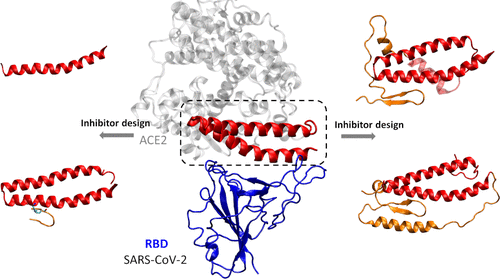
Researchers at the University of Illinois at Chicago recently published a study in the journal ACS Nano that details findings from computer simulations seeking to identify inhibitors, which eventually could assist chemists to develop new medicines to combat the coronavirus.
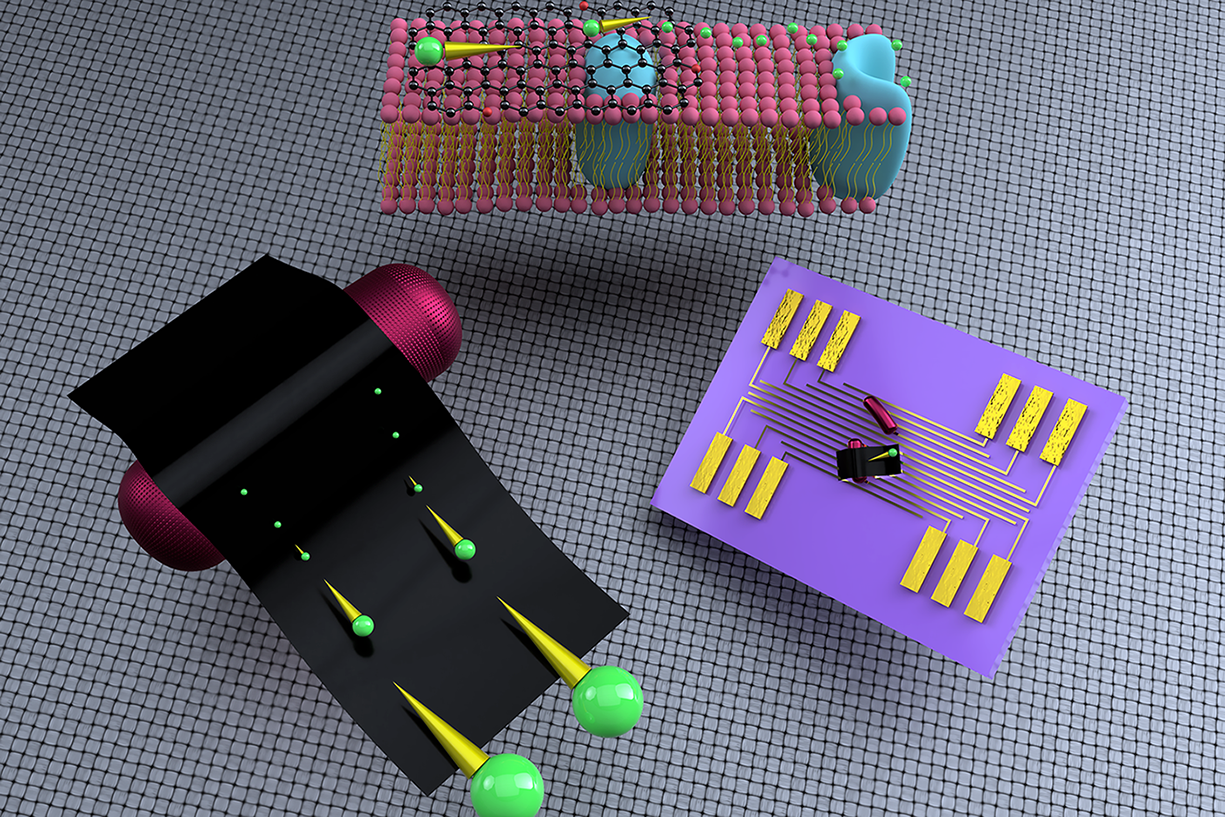
University of Illinois at Chicago engineers digging for efficient ways to harness sustainable power found a surprising fuel source — mud and a common bacterium often found in it.

John Kitchin is a professor in the Department of Chemical Engineering at Carnegie Mellon University.

Arthi Jayaraman is a full professor of Chemical and Biomolecular Engineering and Material Sciences and Engineering in the College of Engineering at the University of Delaware.
Researchers from Aalto University, the University of São Paulo and the University of British Columbia have found a way to make a new kind of fibre from a combination of chitin nanoparticles, extracted from residual blue crab shells and alginate, a compound found in seaweed.

With the help of a $1.7 million grant from the National Institute of Diabetes and Digestive and Kidney Diseases of the National Institutes of Health, a team of researchers in Wayne State’s College of Engineering will explore ways to address urgent need for a safe and efficient oral delivery technology for insulin to improve the lives of diabetes patients.
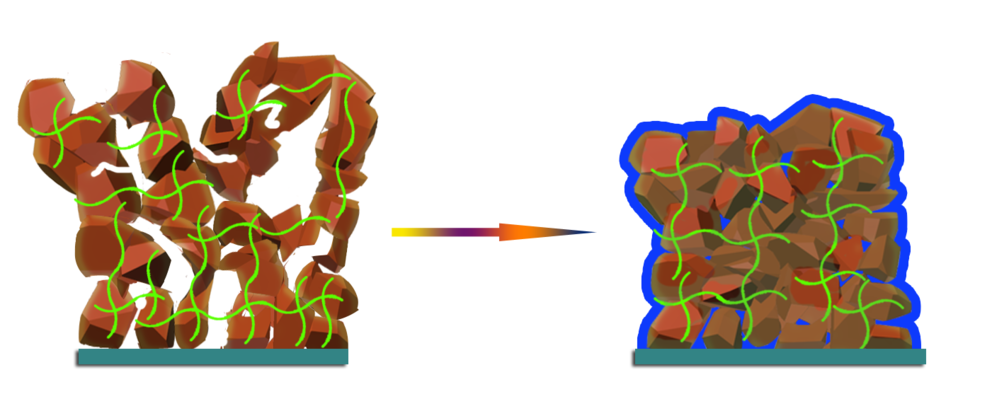
Penn State researchers have developed a novel method that could enable the widespread use of silicon-based anodes, which allow electricity to enter a device, in rechargeable lithium ion batteries.
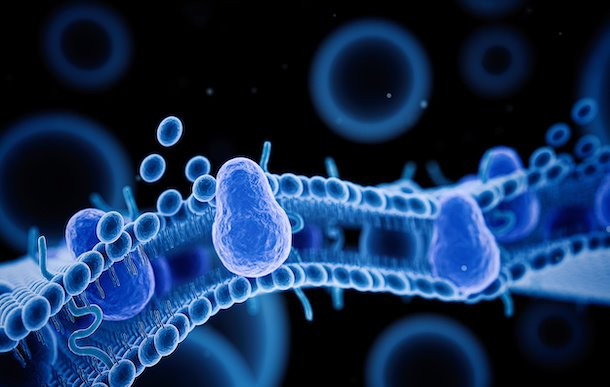
Researchers develop protocells that better mimic living cells to help understand cell movement
Researchers at the University of Delaware, using the revolutionary new genetic technology known as CRISPR/Cas9 have found a way to improve the efficiency and precision of the way enzymes work together to produce certain biochemical reactions in cells. Their new application essentially creates a dynamic assembly line that can lead to advances in pharmaceuticals, agriculture and biofuels.

Penn State chemical engineering researchers recently received a four-year, $1.75 million grant from the National Science Foundation to explore the integration of computer simulations with experiments to quicken the development of new flexible electronics.